Six decades of scientific industry insight and research partnerships inform Waters’ green analytical chemistry approach
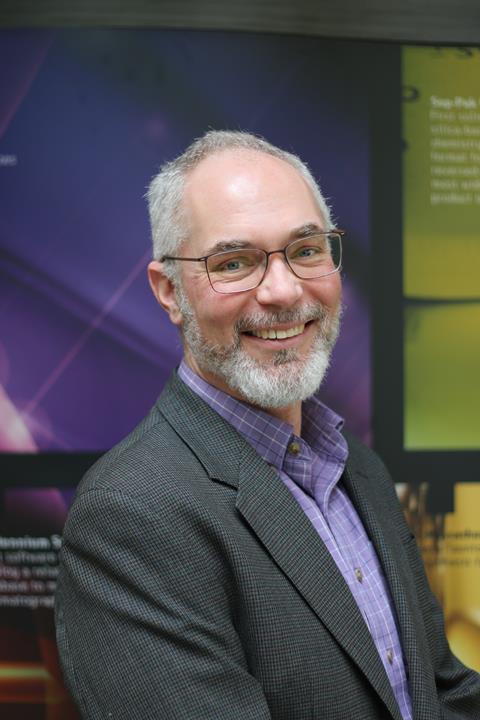
In the 29th century, humanity will have left the Earth for a life in orbit, leaving behind an uninhabitable wasteland strewn with the accumulated garbage of centuries. At least, that’s the prediction of the 2008 film WALL-E, in which the titular robot doggedly cleans up our mess one trash cube at a time. The stark consequences of a relentless culture of consumption is a sobering subtext for a kids’ movie, and it has been an inspiration to Waters green chemistry ambassador Chris Stumpf, who wants to ensure that the future it portrays remains firmly in the realms of fiction.
As Waters’ strategic programme development lead, Stumpf already knew that scientists needed analysis to make informed decisions about the environmental impact of their innovations. And he’d seen enough greenwashing to believe chemistry was in need of a cleanup.
By painting that future, Pixar helped to show the consequences of our actions
Chris Stumpf
‘Hopefully we’ll never reach that WALL-E world,’ says Stumpf. ‘By painting that future, Pixar helped to show the consequences of our actions.’
Top down, bottom up sustainability
Along with Waters’ senior strategic program development manager Ben MacCreath, Stumpf works to instil sustainable ideology into Waters’ philosophy. Both scientists see the need for green chemistry practice to inform decision-making and business direction. ‘Ben and I look at this as combining an approach from bottom up and the top down. His focus is the applications side and I look at things from the analytical technology side.’
Green analytical chemistry can reduce waste from the outset, or confirm sustainability before scaling up
Chris Stumpf
The partnerships MacCreath builds with Waters’ wider academic and industrial stakeholders allow him to explore and understand the impact of sustainability on innovation and business practice. Stumpf’s comprehensive understanding of analytical chemistry techniques – and near 18-year tenure with Waters as an applications chemist, and then as a product and strategic development lead – makes him a natural thought leader.
Green chemistry comes full circle
Writing within a circular economy context, Stumpf’s latest white paper The theory and practice of green analytical chemistry draws on the United Nations’ (UN) 17 Sustainable Development Goals (SDG) and summarises Paul Anastas and John Warner’s groundbreaking 12 Principles of Green Chemistry.
Stumpf hones in on Principle 11 – namely, the ‘use [of] analytical chemistry to aid molecular design and reduce waste’ to demonstrate the value of analytical techniques. Sustainable polymers and bioplastics are a new area of materials science that the body of knowledge for understanding their parameters doesn’t yet exist. And yet mass spec, liquid/gas chromatography, thermogravimetric analysis, differential scanning calorimetry, rheology and nuclear magnetic resonance are all-important tools to help the modern sustainable chemist understand a sample’s potential.

Stumpf focuses on the development of sustainable plastics from lignin to demonstrate how green analytical chemistry ‘supports sustainable application by the analytical techniques becoming operationally more efficient’. The white paper’s guidance might kick off a green analytical chemistry route to REACH regulatory compliance, it could underpin a ‘waste reduction from the outset’ approach or simply help your lab team confirm fine chemical sustainability before scaling up to tanker-car level, says Stumpf.
‘If you can support this scientific endeavour – linking back to the SDGs and the UN aspirations – we won’t end up in this WALL-E world that is so contaminated that life is no longer possible,’ says Stumpf.
Building a biopolymer knowledge bank
Compiling a knowledge base of sustainable materials is where Waters’ academic partner Rowan University comes in. Inside the university’s New Jersey campus is a growing knowledge bank of biopolymers and polymeric composites. Compiled by science undergraduates and postdocs, it includes renewably-sourced flame retardants developed for the US military and bio-oil feedstock polymers commissioned by the National Science Foundation. ‘The identification and classification of every specimen in the collection was made possible by a technology suite handpicked from the Waters and TA Instruments range,’ says MacCreath.
Waters’ advanced polymer and high-performance liquid chromatography tools illuminate the Rowan team’s extractions
Ben MacCreath
Drilling down the data
‘Before installing our equipment, Rowan student chemists were only able to get data on the properties of polymers in development. Now they can expand on that and link it to structure too. From Waters’ point of view, it is great that our advanced polymer and high-performance liquid chromatography tools illuminate the team’s extractions for them,’ MacCreath adds.
Armed with an understanding of both the chemical composition and physical properties of their materials, Rowan students understand and assess structure–property relationships in new polymers. It is Waters’ apparatus that gets them to that point and gives them the insight they need to create innovative performance materials.
In another unique partnership, Waters placed its technology at the heart of Virginia Tech’s polymer science engineering programme – which is among the oldest and largest worldwide. A sustainability vanguard, Virginia Tech’s overall recycle rate hit 40% last year and the university has diverted 750 tonnes of solid waste from landfill since 2016. Virginia Tech chemistry students don’t just study the green protocol, they live it.
‘Virginia Tech’s professor of chemistry Tim Long encourages his team to investigate materials from a trio of perspectives – structure, property and processing. Observation from those pivot points using Waters and TA Instruments equipment helps students gain a fundamental understanding of the relationship between them,’ says MacCreath. ‘That Virginia Tech is a hotbed of innovation which relies on the precision analysis that Waters apparatus provides to underpin its development of new materials is huge kudos to our company and our products,’ he adds.
‘You only have to look at Virginia Tech’s polymer innovation to understand how the ability to precisely measure material samples and understand them from structure, property and processing perspectives is a recipe for success.’
Similarly, one need only observe how Waters has harnessed knowledge of chemicals, materials and analysis garnered through industry, academic and governmental relationships to see the potential its technology brings to the bench.
And though Waters forged its journey into the scientific community’s consciousness by building photometers, hydrometers and refractometers from the 1960s, it is now a crosslink, a binder, that holds decades of scientific insight together. And it is insight Waters wants to share.
Explore Waters’ white paper The theory and practice of green analytical chemistry, which is available to download free of charge.

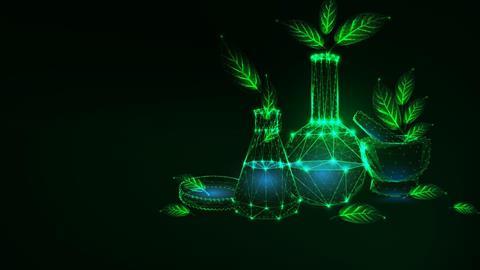

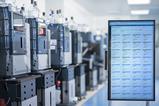
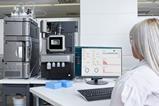


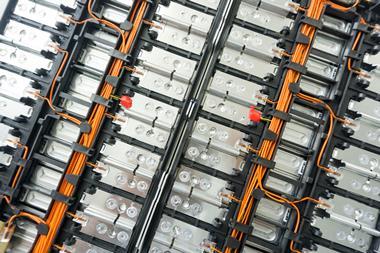
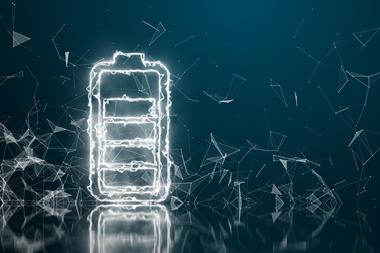
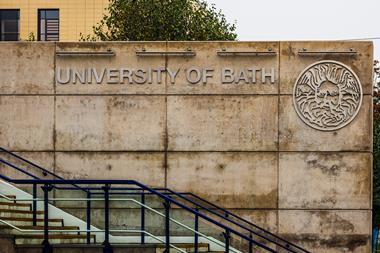
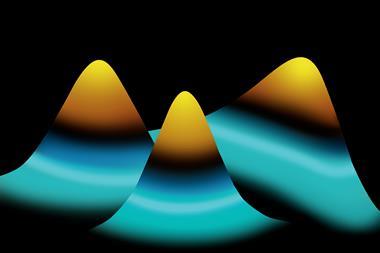
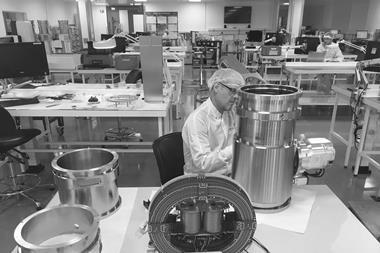






No comments yet